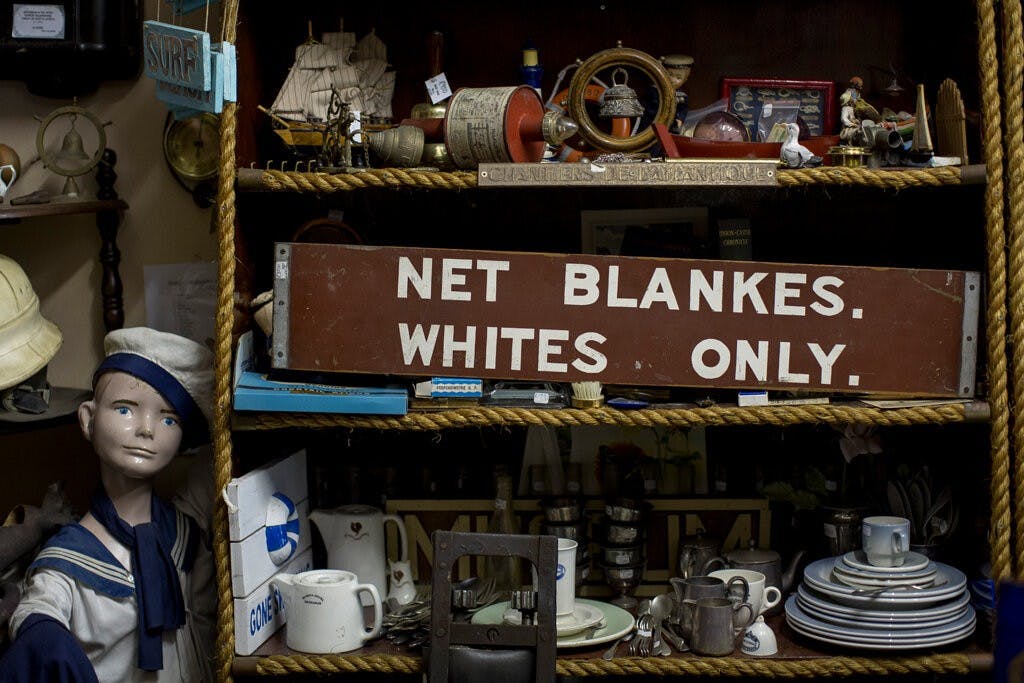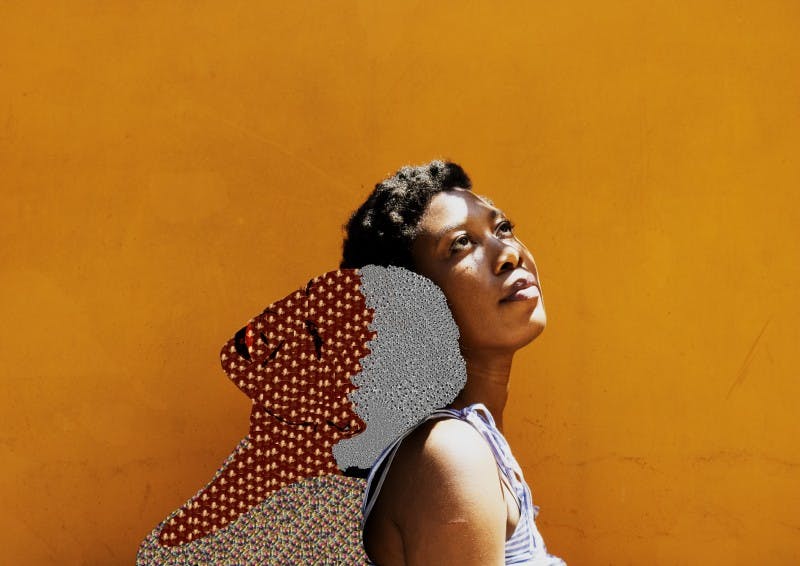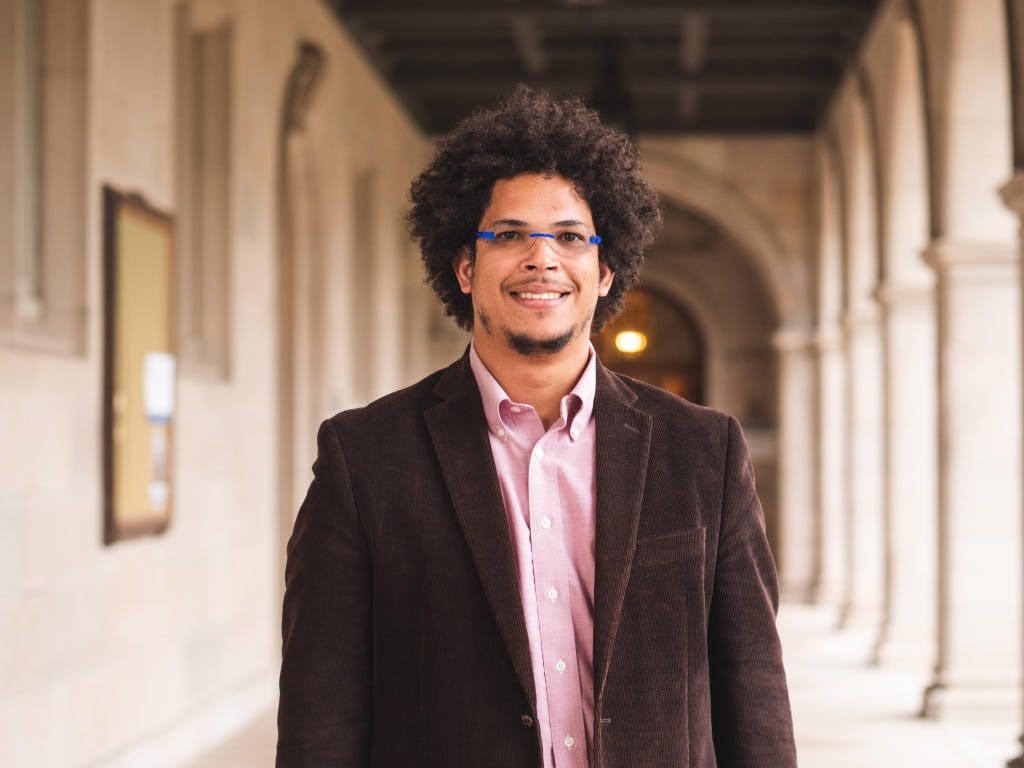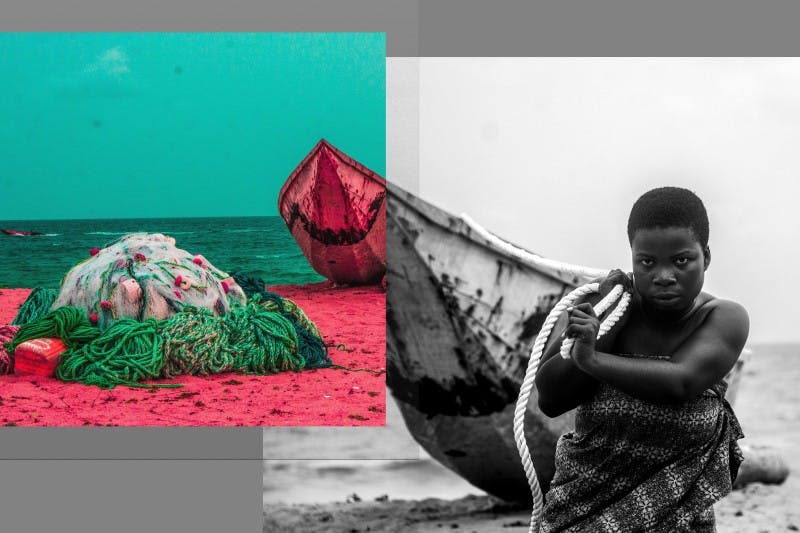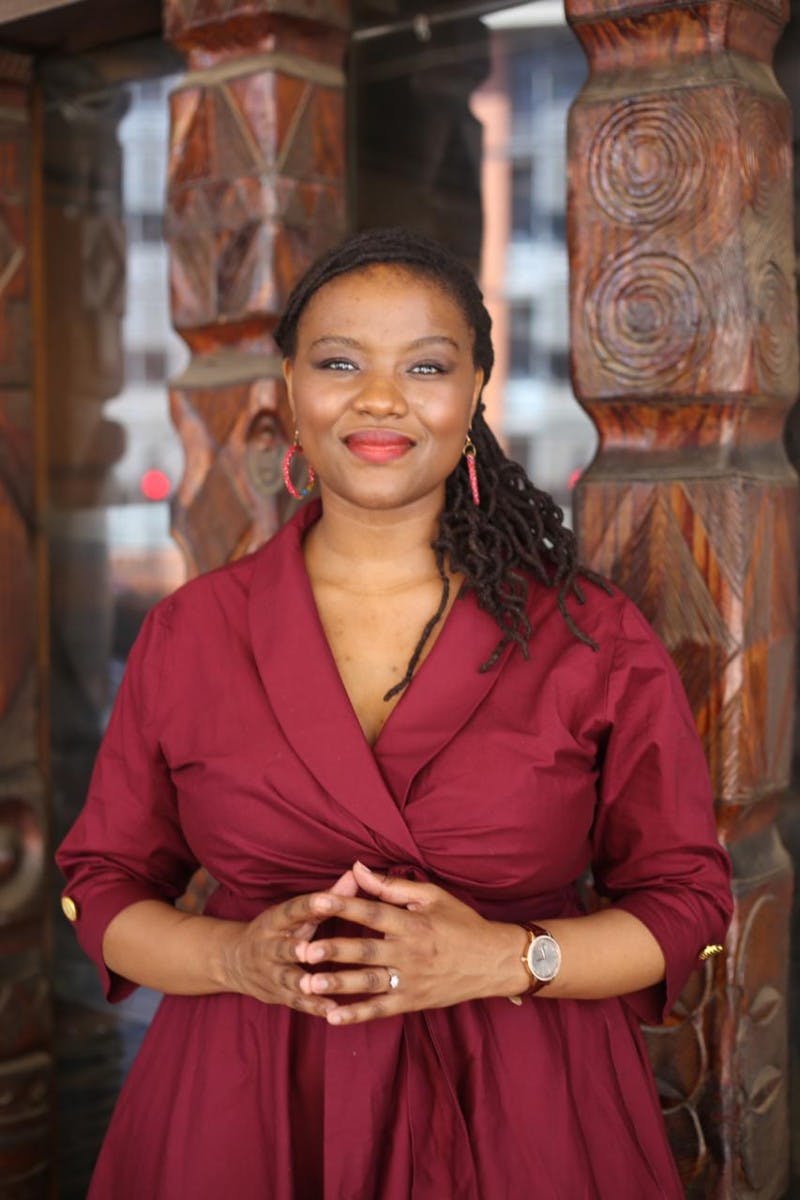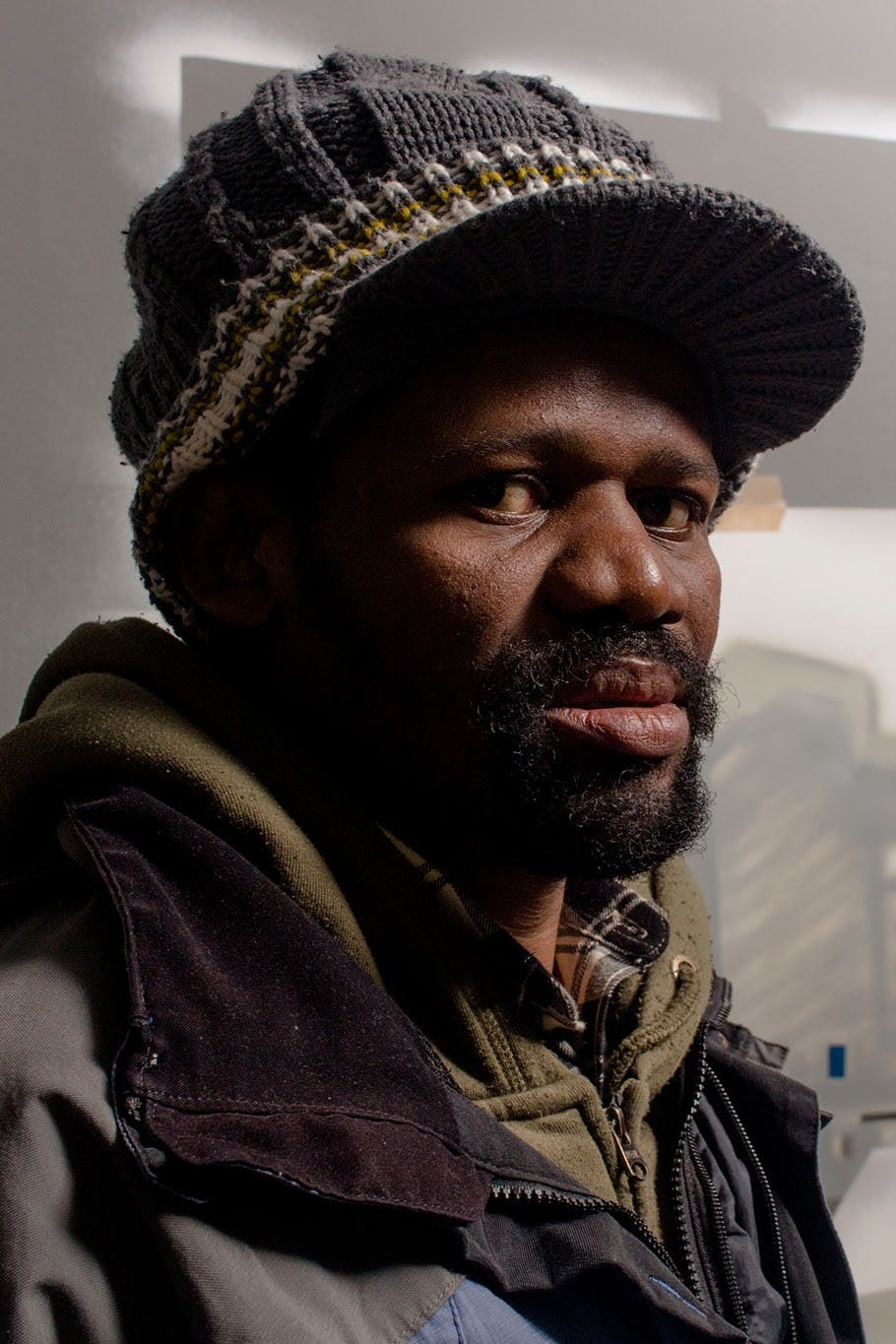Our third issue explores the place of the past and raises questions of what, if anything, it means for us now. In the lead feature, historians Christopher L. Brown and Sebabatso C. Manoeli-Lesame call attention to moments prior to colonisation when power relations between Africa and Europe were in a state of flux and yet to settle on being distinctly colonial. Using these moments, Manoeli-Lesame and Brown argue that these un-colonial episodes from the past hold the keys to imagining decolonial futures.
In the second feature, art historian Leslie M. Wilson examines Sydelle Willow Smith’s photographic series on white South Africans in the post-apartheid era. Wilson asks if it is possible to leave behind a past that is still very much with us. The articles in this issue are a reminder that even though humans construct ways to categorise and distinguish between periods, the deep connections between times are difficult to disentangle and parcel out. In a way, this hindsight issue is an invitation to reflect on the past’s unfinished business.
Feature
Have African relations with the wider (often whiter) world always been marked by subordination? Sebabatso C. Manoeli-Lesame and Christopher L. Brown uncover unexpected episodes in Africa’s past, prior to colonialism, in which African elites related with the world as cosmopolitans. They argue that histories of un-colonial power relations have the potential to unlock new decolonial ways of imagining the future.
By Christopher L. Brown and Sebabatso C. Manoeli-Lesame
Art
In this digital collage about grief, Malawian photographer, kyle malanda, explores social media as an archive of life.
Feature
The end of apartheid in South Africa was hailed as a closing of the chapter on the country’s troubled past. What unfolded instead has proven more complicated, prompting storyteller Sydelle Willow Smith to create a somewhat autoethnographic photographic series examining post-apartheid whiteness. Reflecting on the series, art historian Leslie M. Wilson posits that Smith’s work meaningfully poses more questions than it answers.
Race Beyond Borders
Miguel Valerio, our guest in this episode of Race Beyond Borders, invites us into a journey across Latin America – beginning in the Dominican Republic, all the way to Mexico. He reflects on his experiences of being read and raced differently across the region and becoming aware of who he is as a product of history. An historian of Black royalty in Mexico in the 1600s, Valerio draws connections between historical expressions of Black resistance, sovereignty and joy, and the formation of Mexico. In the episode, he discusses both this rich history and the ongoing struggles for Black political inclusion across Latin America.
Art
Nigerian photographer Ismail Odetola draws attention to the richness and complexity of Ewe culture in west Africa.
Art
Using spray paint on pine, South African sculptor Sandile Radebe puts Zulu identity in conversation with changing times.
Race Beyond Borders
Pastel houses, pink sands and azure waters. In this episode of Race Beyond Borders, we journey to Bermuda, an island country that is also a British overseas territory. Our guest, award-winning historian Quito Swan, also takes us beyond his mid-Atlantic island home — to West Papua in Indonesia and to the global Black diaspora. Swan reflects on how the Black Pacific is a generative space for Black internationalism. In fact, he shows that an exploration of race and racialisation in Oceania both challenges established notions of what it means to be Black and enrich our understanding of the multiplicity inherent in the Black experience across the world.
The second issue of Moya engages one of the lively debates of our time: can identity politics liberate the oppressed? By employing an explicitly transnational lens, Danielle Bowler has gone to the source of the term identity politics. Coined by the members of the Combahee River Collective in the early 1970s, the concept represented a radical approach to making sense of interlocking oppressions. Since then, the term has become hotly contested across the political spectrum, and its meanings and political applications remain often obscured. Bowler’s piece offers both an understanding of Barbara Smith’s original intentions and her reflections on the current life of this idea in the world.
